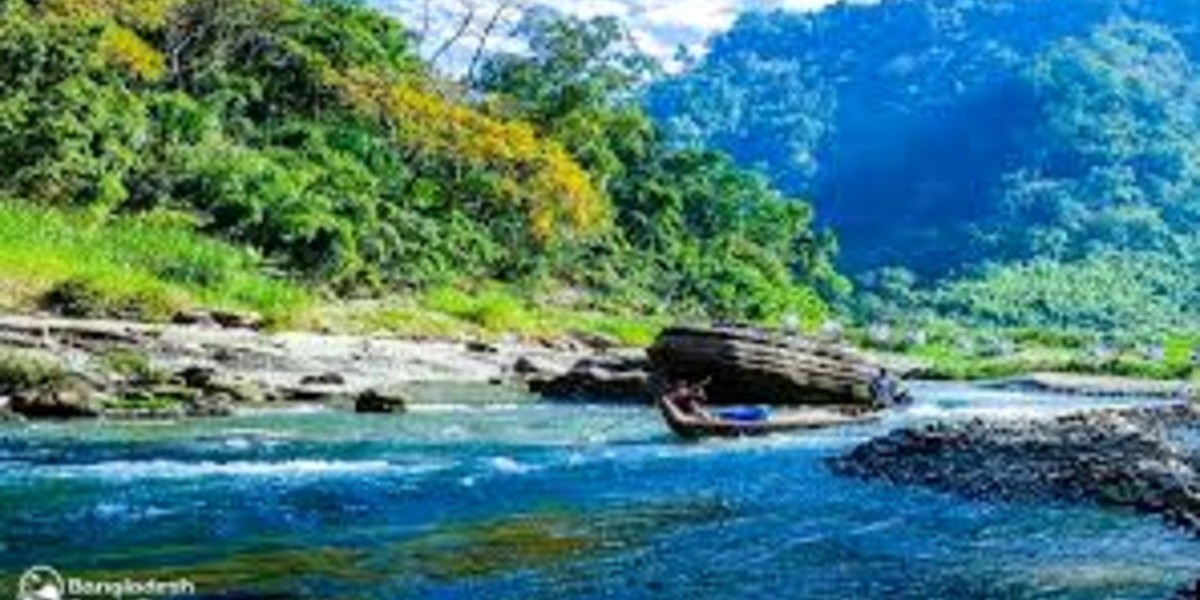Traveling to Ethiopia is an experience like no other. From the breathtaking Simien Mountains to the historic rock-hewn churches of Lalibela, this East African country offers a wealth of natural beauty, culture, and history. But before you can truly enjoy your Ethiopian adventure, packing the right items is essential. A well-prepared traveler can focus on exploring and experiencing the country rather than worrying about missing essentials or dealing with uncomfortable situations. Here are some practical packing tips to ensure a comfortable Ethiopian journey.
Understand the Climate
Ethiopia’s climate varies significantly depending on the region and altitude. The highlands, including cities like Addis Ababa and Gondar, enjoy mild temperatures, while lowland areas, such as the Danakil Depression, can be extremely hot. Rainy seasons occur between June and September, with brief showers in other months.
When packing, it’s important to consider the regions you plan to visit. Lightweight, breathable clothing works well for lowlands, while layers are better for the highlands, where temperatures can drop significantly in the evening. Packing a compact rain jacket or poncho is a smart choice, especially if you are traveling during the wet season.
Prioritize Comfortable Footwear
Ethiopia’s landscapes are stunning but can be physically demanding. Many historic and natural sites require walking on uneven terrain, steep paths, or cobblestone streets. Comfortable, supportive shoes are a must.
A pair of durable walking shoes or hiking boots is ideal for day trips and excursions. Sandals or slip-on shoes are great for relaxing in towns or for short walks, but make sure they provide some support and protection. Avoid bringing brand-new shoes, as you might develop blisters during long days of exploration.
Pack Clothing Wisely
Ethiopia is culturally conservative, so modest clothing is recommended, particularly in rural areas and religious sites. Women should consider packing long skirts or trousers and tops that cover shoulders. Men should avoid sleeveless shirts in similar settings.
Layering is crucial due to the varying temperatures. Lightweight long-sleeved shirts protect against sunburn and mosquitoes, while sweaters or jackets help during chilly evenings. Quick-drying fabrics are ideal for travelers who might need to wash clothes on the go.
Don’t Forget Travel Essentials
Certain items can make your trip more comfortable and convenient. A sturdy, lightweight backpack is useful for daily excursions, while a small daypack can carry essentials like water, snacks, a camera, and travel documents.
Other essentials include a reusable water bottle, high-quality sunscreen, sunglasses, a wide-brimmed hat, and a small first aid kit. While Ethiopia has pharmacies in major cities, carrying your own supplies ensures you won’t face inconvenience in remote areas.
Electronics and Connectivity
Smartphones, cameras, and chargers are part of most travelers’ essentials. Ethiopia’s electricity is 220V with plug types C and E, so packing a universal travel adapter is necessary. Power banks are highly recommended, especially if you plan to explore remote areas where electricity may be limited.
If you rely on internet connectivity, consider purchasing a local SIM card upon arrival. Many visitors also download offline maps and guides in advance, which is especially useful when visiting rural regions or trekking in the mountains.
Health and Safety Items
Travelers should take preventive measures to stay healthy in Ethiopia. Pack insect repellent with DEET to protect against mosquitoes, especially if visiting malaria-prone areas. Hand sanitizer and antibacterial wipes help maintain hygiene during travel.
It’s also wise to carry any prescription medications in their original packaging, along with a copy of the prescription. While travel insurance is recommended for all trips, having basic medical supplies and understanding local health facilities can save time and stress in case of minor illnesses or injuries.
Important Documents
One of the most critical aspects of travel is having all necessary documents ready. Ensure your passport is valid for at least six months from your travel date. Many travelers also benefit from having printed copies of flight tickets, accommodation bookings, and emergency contacts.
If you are visiting Ethiopia, reviewing an Ethiopia Tourist Visa guide ahead of time can help you understand visa requirements, fees, and processing times. Some travelers obtain an e-visa online, while others prefer to secure it at Ethiopian embassies before departure. Having your visa documents ready is crucial for a smooth entry process.
Pack Light, But Smart
While it’s tempting to bring everything “just in case,” overpacking can be cumbersome, especially when navigating airports, buses, and local transport. Try to stick to versatile items that can serve multiple purposes. Neutral colors make it easier to mix and match clothing, and quick-drying fabrics reduce the need for carrying excessive outfits.
Compression packing cubes or travel organizers can help maximize luggage space and keep items organized. This is particularly useful for longer trips or if you plan to move between multiple cities.
Consider Cultural and Religious Sites
Ethiopia is home to numerous religious sites, including Orthodox Christian churches, monasteries, and mosques. Dressing respectfully is important, which means covering shoulders, avoiding short skirts or shorts, and removing hats inside places of worship. Bringing a lightweight scarf or shawl can serve multiple purposes, from sun protection to a modest covering when visiting religious areas.
Snacks and Food Considerations
While Ethiopian cuisine is a highlight of any trip, travelers may experience periods where food options are limited, especially in remote regions. Packing some non-perishable snacks like nuts, granola bars, or dried fruit can be convenient during long journeys or treks. Additionally, carrying electrolyte packets or rehydration salts can help in hot or physically demanding conditions.
Money and Payments
Ethiopia is still largely a cash-based economy, especially outside major cities. Bringing a mix of cash in Ethiopian birr and internationally accepted cards is advisable. Keep money and important cards in a secure travel wallet or money belt to reduce the risk of loss or theft.
Optional Comfort Items
Some items can enhance travel comfort without taking up much space. Travel pillows, eye masks, earplugs, and lightweight blankets can make long bus or flight journeys more comfortable. A small journal or book can also be handy for documenting experiences during downtime.
Prepare for Unpredictable Situations
Traveling in Ethiopia can be unpredictable due to weather, transport delays, or remote locations. Packing a few extra essentials like ziplock bags for wet clothing, a lightweight rain cover for your backpack, and a small multi-tool can make life much easier. Being prepared for unexpected situations reduces stress and allows you to enjoy your journey more fully.
Final Thoughts
Packing for a trip to Ethiopia is all about balancing comfort, practicality, and cultural respect. By planning ahead, choosing versatile clothing, carrying essential health and safety items, and keeping documents organized, you can focus on exploring Ethiopia’s incredible landscapes, history, and culture without unnecessary stress.
Remember, the key to a smooth journey is preparation. While the excitement of travel can sometimes lead to last-minute packing, taking the time to thoughtfully pack your belongings ensures a more enjoyable and comfortable experience. Whether you’re trekking through the Simien Mountains, exploring the historic churches of Lalibela, or simply enjoying local cuisine in Addis Ababa, being prepared allows you to immerse yourself fully in the wonders Ethiopia has to offer.
With careful planning and thoughtful packing, your Ethiopian adventure can be both comfortable and unforgettable. Consult an Ethiopia Tourist Visa guide in advance, pack with purpose, and get ready to create memories that will last a lifetime.








